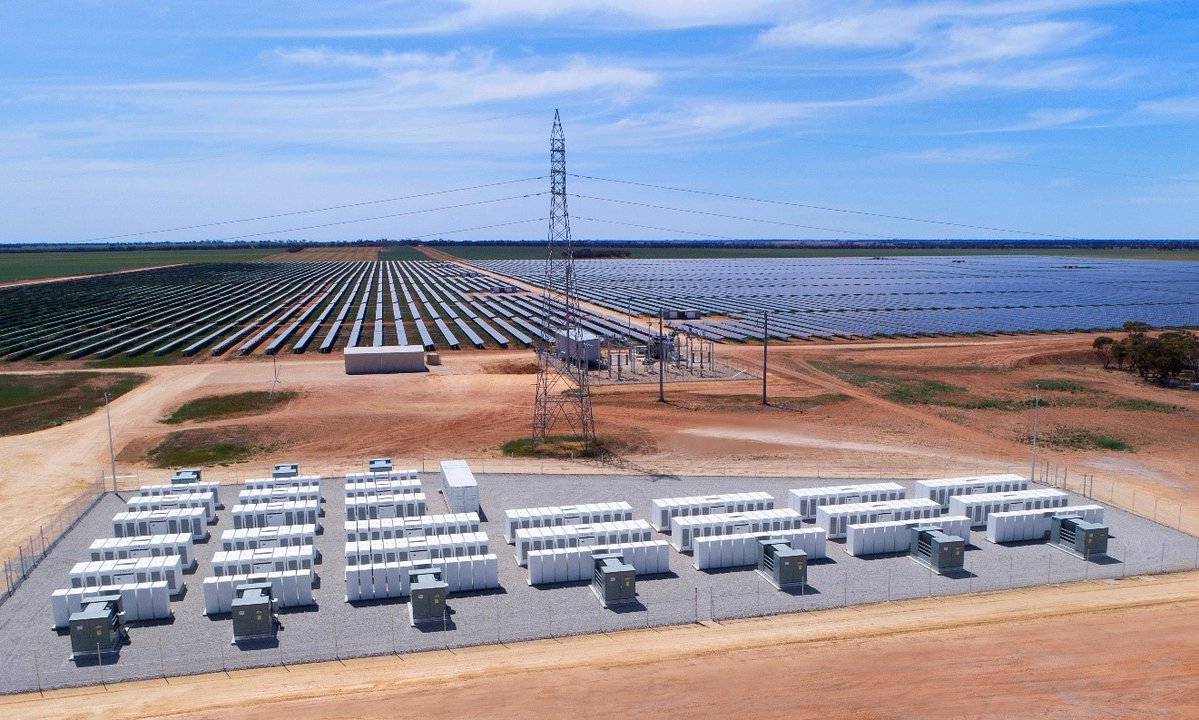Solar land leasing, energy storage systems, utility-scale solar—if you’ve read the YSG Solar blog in the past, these are all topics that will be familiar to you. We’ve discussed the potential of solar land leasing, explained the term utility-scale solar, and covered all things energy storage, from cost and incentives to state & federal policy. Now, it’s time to bring all these topics together and discuss leasing your land for a utility-scale energy storage system.
Utility-Scale Energy Storage
The implementation of energy storage alongside renewable energy systems has become increasingly popular in recent times, thanks to improved incentives and technology. It’s not just homes and businesses that can benefit from energy storage, however—battery systems can be scaled up to benefit the power grid and take the pressure off utilities. Utility-scale energy storage systems are an efficient, environmentally friendly way to store and deliver energy.
Benefits of Utility-Scale Energy Storage
These large-scale energy storage systems can save time, cut costs, and reduce harmful carbon emissions. Batteries are a potential alternative to more conventional grid infrastructure like power lines, easing the strain on the utility grid. Electric vehicles, another increasingly popular piece of green technology, can be integrated alongside an energy storage system as well.
Importantly, battery storage systems don’t depend on water usage to operate. So, unlike power plants, which use fossil fuels, local water sources won’t be depleted by the installation of a utility-scale energy storage system. Another benefit of battery energy storage concerns the health of local populations. While power plants burning fossil fuels contribute to air pollution—potentially causing health issues for those living nearby—batteries do not damage air quality.
Clearly, there are plenty of benefits to utility-scale energy storage systems, but you also need plenty of land to house such big projects—this is where the landowners come in.
Landowners
Leasing your land for solar is a great way to generate additional revenue while contributing to a clean energy future. By partnering with an energy developer, you can ensure a steady stream of additional income throughout the lifespan of the battery storage system, and a smooth, unobtrusive installation. Given the benefits noted above, demand for utility-scale energy storage is steadily increasing, so if you do have unused land, you’re in with a great chance of finding an interested developer.
Typically, a solar land lease for a utility-scale project lasts somewhere from 20 to 30 years. If you like to plan ahead, you don’t need to worry about the future condition of your land either. Thanks to technological advancements and the efficient nature of solar-plus-storage, your land will not be permanently altered by the installation. Once the lease has expired, and the system has completed its life cycle, your land will be returned to its preexisting condition. In some scenarios, there may even be a renewal option at the end of the original lease, depending on the particular project.
Battery energy storage is a diverse, adaptable energy approach so, providing your land meets the basic requirements for a project, the energy developer will be able to fit the system to your specific piece of land. In addition, solar farms are self-contained. By their nature, they don’t use any fuel or emit any pollutants into the air. You can be sure of a peaceful co-existence with a utility scale energy storage project.
If you’re interested in leasing your land for solar, utility-scale or otherwise, YSG Solar can explain the process and get things set up for you. Just reach out to us today at 212.389.9215 to discuss your options.
By Shane Croghan
Sources:
https://www.ablegridenergy.com/landowners
https://www.ablegridenergy.com/
https://uslightenergy.com/faqs-solar-land-lease/
Featured Image Source: EnergyAustralia

